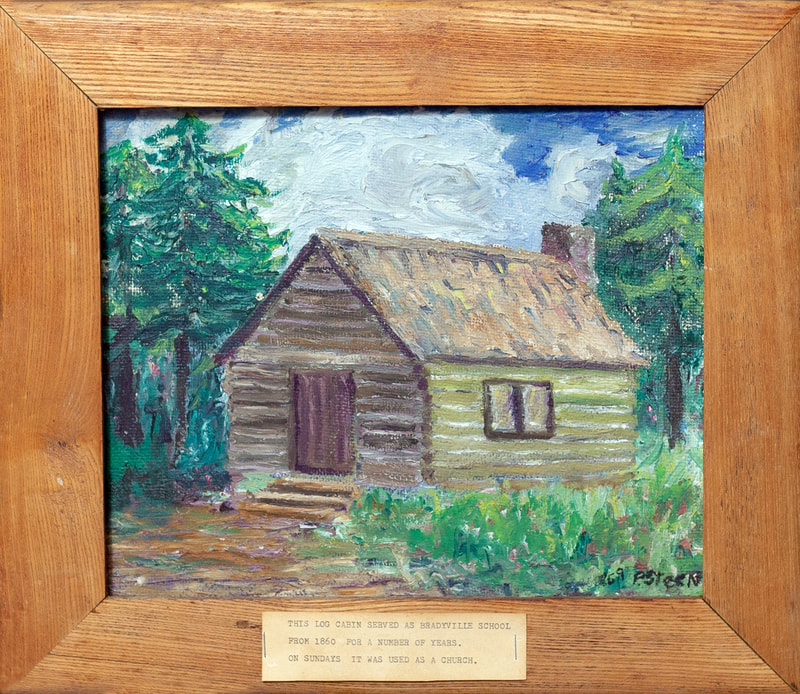
Dedicated to the Glory of God: TLC Through The Years
The congregation which is known today as Trinity Lutheran Church, New Era, began as a gathering of Scandinavians before the Civil War. They met in a clearing on the Brede (later changed to Brady) farm using logs as pews and a stump as a pulpit. By 1862, the little group was meeting in the Bradyville School, a rough log cabin just west of today’s church.
In 1869, Tolef Brede, gave the congregation two acres of land on the hill, where the present cemetery is located, for a building spot on the condition that the members would purchase three additional acres at $15 an acre. The first actual church building was started in 1883.
Meanwhile, the Scandinavian Evangelical Lutheran Congregation of Benona and Claybanks, which was what Trinity was called, shared a pastor with the congregation in Whitehall. Every other week the pastor would take the train to New Era (rail service had arrived by 1872) and a member would transport the preacher to either the Marshville or Bradyville school for church services.
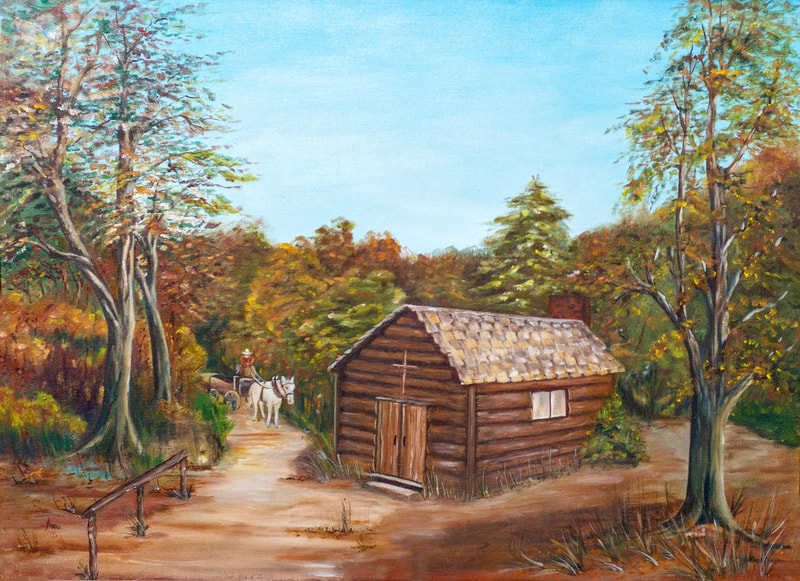
In 1883, a committee drew up plans for a church fifty feet long, thirty-two feet wide, and eighteen feet high, with the addition of a vestry in the rear; no basement was constructed at that time. The steeple was to be of classic Gothic architectural design, twelve feet square and sixty-four feet high, and the whole church was to be a pure Gothic structure. The cost of the building and its furnishings was to be about $2000.
The mast that sits on top of the steeple was made in the Montague Foundry; the young people purchased the organ, 24 pews were purchased for $100, and a used stove provided some heat. Later, the Ladies Aid Society bought the ingrain carpet. After Henry Henricksen laid down a cushion of straw, the carpet was tacked over the straw, which, according to notes, crackled with every step. Men’s and women’s outhouses were also constructed. The new church was dedicated in July, 1885.
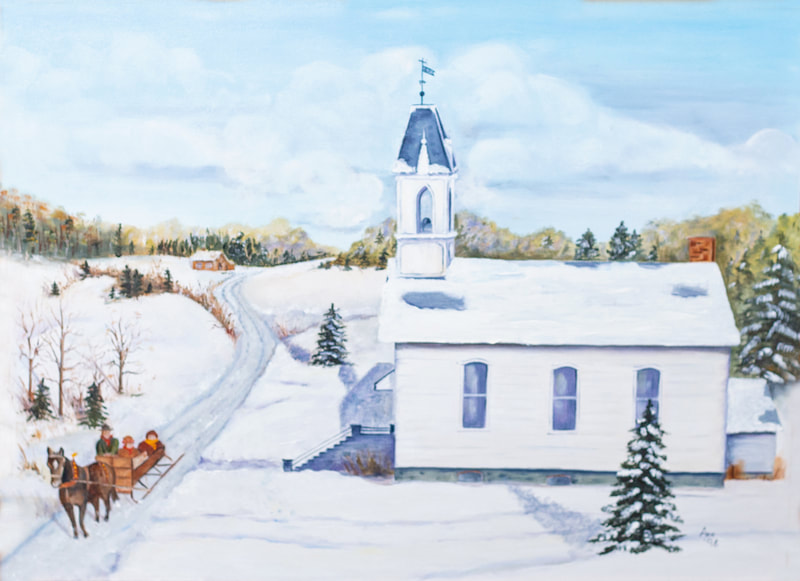
In 1891, six years after the steeple was built, the present church bell was hoisted up into the steeple, a gift of the Ladies Aid Society. The 700 pound bell cost $82.50. It was decided then that the bell would be tolled at funerals. This tradition continues, with one toll of the bell for each year of life of the deceased.
In 1912, plans were made to raise the church and build a basement underneath. This gave much needed space for gatherings, social events, which had been hosted in homes to that point, and a new coal furnace was installed.
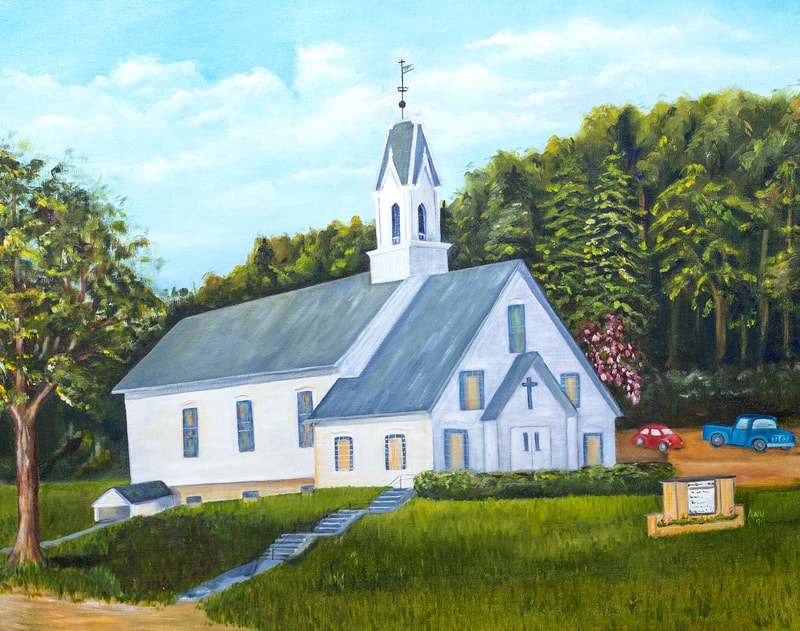
In 1916, it was decided that the minutes for Council and annual meetings would now be written in English, not Norwegian. It was also decided to plaster the basement walls with a mixture of Portland cement and mule hair.
On July 14, 1935, Trinity Lutheran Church held its 50th anniversary and dedication. Three hundred people were present. A granite stone bearing a bronze plate inscribed with the dates commemorating the organizing and building of the church was dedicated. It can be found on the west side of the church. A major improvement was the installation of a piped, forced air oil furnace.
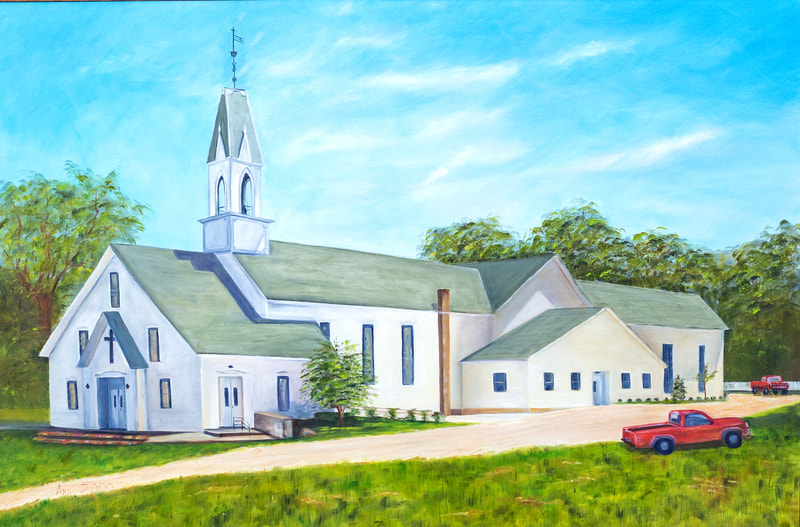
In 1983, the official name of the church was changed from Trinity Lutheran Church of Bradyville to Trinity Lutheran Church. Today we usually add the words New Era to the name to distinguish it from Trinity Lutheran Church in Muskegon.
1994, construction began extending the church to the south, including fellowship hall, offices, kitchen and basement additions. 1998-2000, the parking lots were completed. In 2004, the present food pantry was built.
The mortgage on the Fellowship Hall was paid off in 2009, and Trinity was debt free!
In 2013 the old church building was demolished and construction of the new building began. The present building was dedicated in August 2015.
Trinity has a History Room just off the west entrance for those interested in more details.
